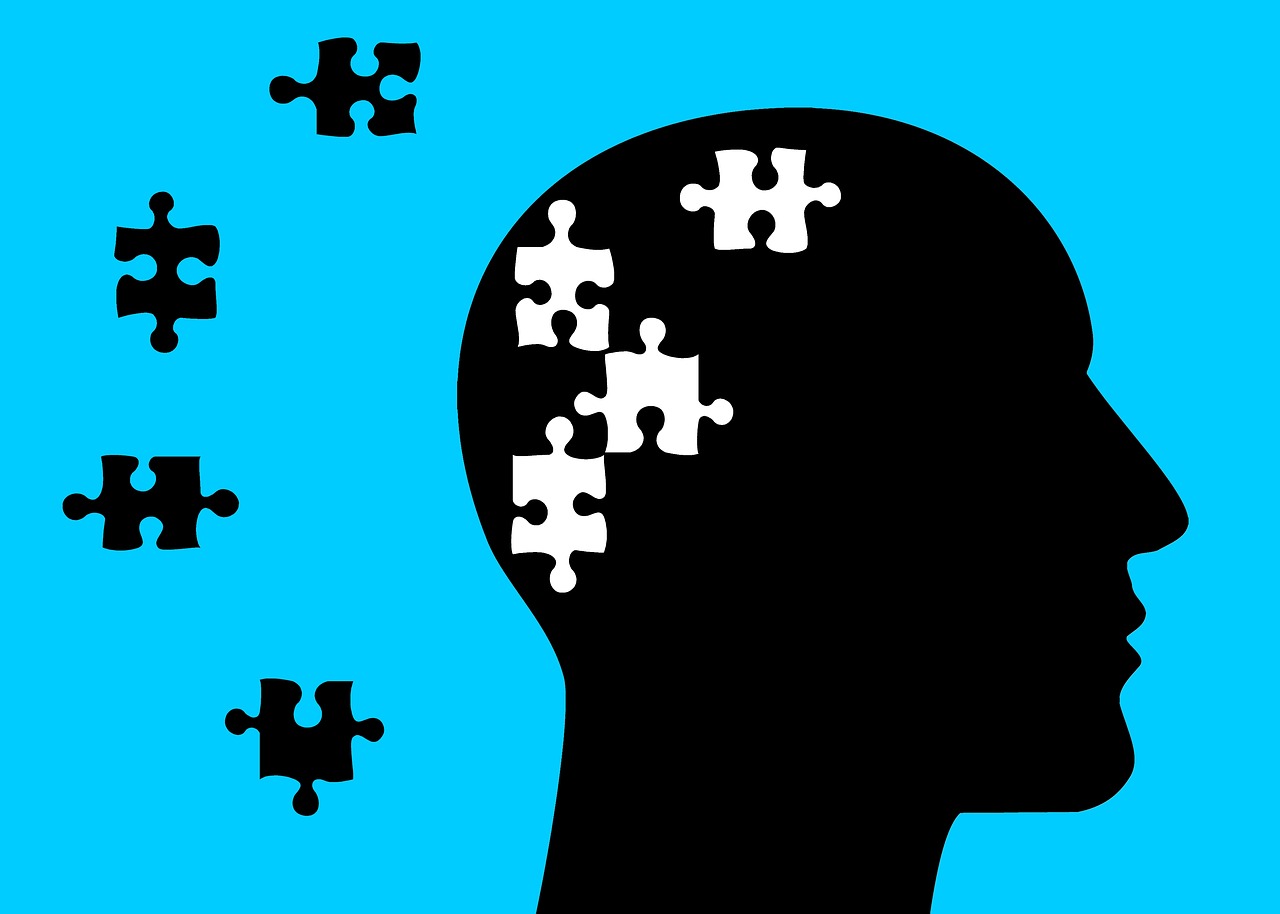25% of U.S. Population Experiences Mental Health Illnesses
Employee mental health has rapidly grown as a major focus for employers, as recent studies show that 25% of the US population experiences a diagnosable mental illness every year. As recently as December 2016 the EEOC issued a press release stating that charges related to discrimination related to mental health conditions have risen with over 5,000 charges and $20 million in settlements in 2016.
Many employees with mental illness will exhibit signs such as missing deadlines, increased absenteeism, expressing irritability, difficulty concentrating or appearing numb/emotionless. While it can be difficult to have employees admit they need and want help – when employees do use EAP (Employee Assistance Program) services, there are much better results in stress management, anxiety management and other mental health issues. It is becoming increasingly important–not to mention, economically sensible–for management to recognize the mental health needs of their workers.
Here are a few tips to create positive outcomes in your workplace around mental illness:
- Employers should encourage work-life balance, by offering employee wellness programs that include mental health counseling and encourage employees to use them. A major responsibility for everyone in the workplace is to “notice and respond” to any mental health concerns. Create a safe environment in which staff members are encouraged to talk about stress, workloads, family commitments and other issues. Send the message that mental illnesses are real and treatable.
- Employees at all levels of the organization need to learn about mental illnesses, stress, wellness, available health and mental health benefits — and how to access those services via the Employee Assistance Program. Your EAP program will be able to provide information on mental health and benefit information to your employees in the form of a toll-free number, brochures or website access.
- Create a culture where it’s okay for your employees to seek the help they need – taking the negative stigma around speaking to a therapist or counselor. Feelings of shame, concerns about job security, and fear of rejection by colleagues are often debilitating—and they often discourage many from seeking the help they need. Stigma begins with hurtful labels, such as “crazy”. Encourage staff to use “people-first” language (e.g.,“a person with schizophrenia,” as opposed to the dehumanizing term, “a schizophrenic”).
- Under the Americans with Disabilities Act, employers are generally prohibited from inquiring into employees’ disabilities, unless the inquiries are job-related. For example, if someone is having an issue where she is missing deadlines, instead of saying “You seem really stressed,” managers should say “I notice that you are turning in your projects late. How can I support you?”
Actions DO speak louder than words, so it is essential to invest in mental health benefits, including prevention and educational programs. Innovative employers have learned that addressing employees’ mental health needs makes good economic sense.
Given the heightened media attention and agency focus on mental health, now is a good time for employers to review their legal obligations relating to mental illness in the workplace. Here is a link to The National Law Review article concerning how to assess if reasonable accommodations are needed and how to be aware of myths and stereotypes.
For additional information on mental health issues in the workplace and how an EAP benefits your organization, please check out our EAP Solutions page.


